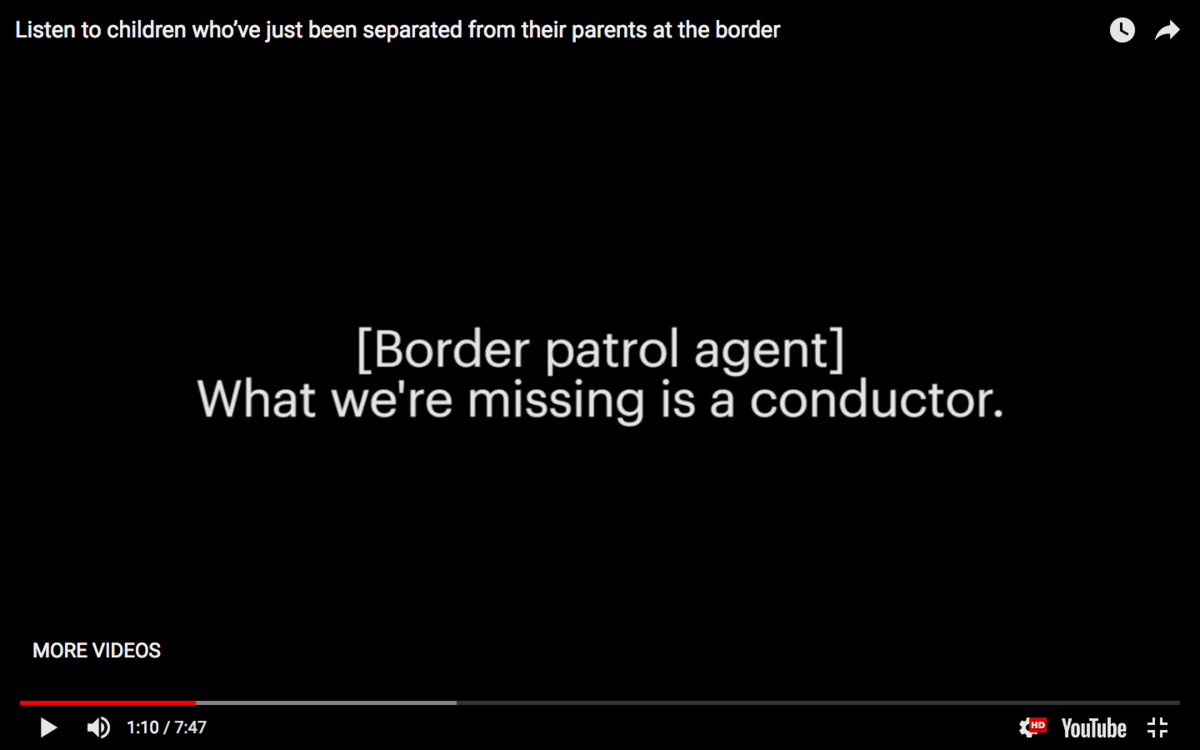Event/s

Jennifer Stoever: Sonifying Race, Surveilling Space: The Sonic Color Line and the Listening Ear
Sat, 25. Aug 2018
7PM - 9PM
For a very long time now, America has—audaciously and impossibly—labored under the illusion that it is a “colorblind” nation: that skin color simply “doesn’t matter” when it comes to employment, or schooling, or opportunity of any sort. That it is possible to “not see color” when it comes to intimate relationships, to hiring or firing, to renting a home, to policing a neighborhood. And, more cynically, that, in a market-driven nation, it our nation is only possible—and profitable—when everyone sees only “green,” the color of dollars earned toward that American Dream, open to all, equally, provided of course you can afford it.
But money and class have proven time and again not to be the great colorblind equalizer for people of color, for whom success often means living and working in predominately white spaces, contending with invisible racial protocols that deem their voices, speech, music and other cultural expressions of blackness to be hyperaudible noise: too loud, too inappropriate, too unprofessional, too different, too much, too ratchet, too urban, too [insert white euphemism for “black” here]. Indeed, that’s exactly how these sonic signs of not-belonging operate for the white people—as codes that allow them to politely surveille and legally police for blackness, to continue to objectify and mark blackness as such and put it to heel, quiet it or segregate the people who make it out of their soundscapes at will. And all this without using overt racial designations, doing the work of racism while evading the title.
In “Sonifying Race, Surveilling Space: The Sonic Color Line and the Listening Ear” scholar Jennifer Stoever will unsettle the exclusive relationship between race and looking that colorblind racism depends upon and show how listening works to police racial boundaries in everyday life. Stoever explains the findings of her research on race, sound, and listening in the United States, first by introducing the concept of the sonic color line—her term for the racial boundaries anyone who grows up or spends much time in this country is socialized to hear and amplify—and then by using this concept to listen to racism in the US, showing why sound matters in our contemporary struggles against racism, systematically in our classroom and courtrooms, and in our everyday interactions in public places. Interweaving theory, archival research, analysis of court cases and viral videos, and representations in popular culture, Stoever argues that that the only way that colorblindness could ever have taken root as a functioning ideology in a nation so riven with unrepaired and deeply historical racial hierarchies is because we hear America’s color lines as well as we see them, maybe even more so in a nation so stubbornly insistent it is possible—or even desirable—for everyone to “overlook” race.
Following Jennifer’s lecture she will be in discussion with Professor SUNDHYA PAHUJA, Director of Melbourne Law School’s Institute for International Law and the Humanities (IILAH) and author of Decolonising International Law: Development, Economic Growth and the Politics of Universality (Cambridge University Press, 2011)
JENNIFER STOEVER is an Associate Professor at SUNY Binghamton, where she teaches courses on African American literature, sound studies, and race and gender representation in popular music. She also is the project coordinator for the Binghamton Historical Soundwalk Project, a multi-year archival, civically-engaged art project designed to challenge how Binghamton students and year-round residents hear their town, themselves, and each other. She is Co-Founder and Editor-in-Chief for Sounding Out!: The Sound Studies Blog and her book The Sonic Color Line: Race and the Cultural Politics of Listening was published by New York University Press in 2016.